Home>Home Appliances>Cleaning Appliances>How To Fix Steam Mop
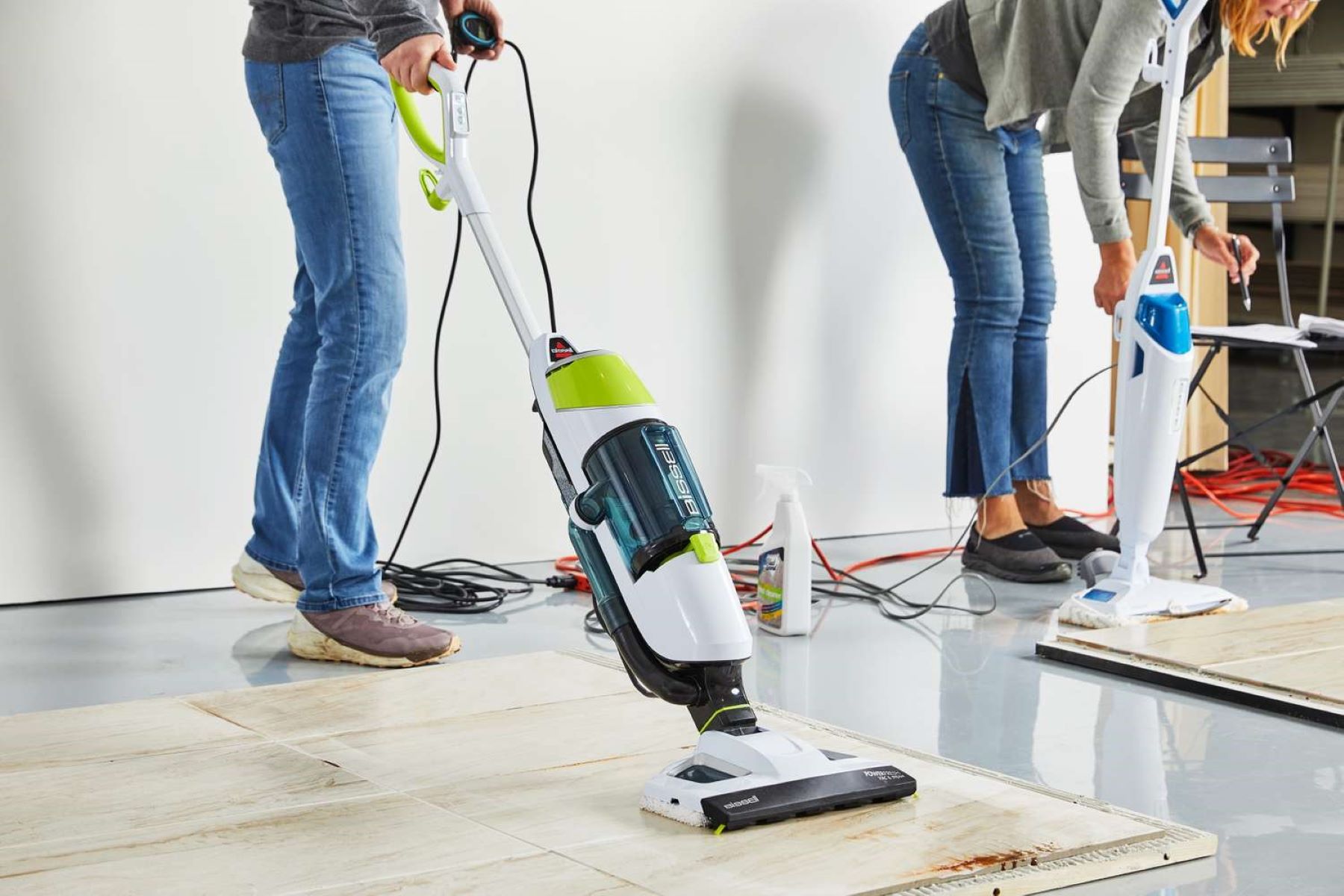

Cleaning Appliances
How To Fix Steam Mop
Modified: February 25, 2024
Learn how to fix your steam mop and keep your cleaning appliances in top condition with our expert tips and troubleshooting guide. Keep your floors sparkling with these easy solutions!
(Many of the links in this article redirect to a specific reviewed product. Your purchase of these products through affiliate links helps to generate commission for Storables.com, at no extra cost. Learn more)
Introduction
Welcome to the world of steam mops, where the power of steam meets the art of cleaning! If you own a steam mop, you already know the joy of effortlessly sanitizing and refreshing your floors without the use of harsh chemicals. However, like any appliance, steam mops may encounter issues over time. Whether it’s a loss of steam, a malfunctioning trigger, or a stubborn clog, learning how to fix your steam mop can save you time and money.
In this guide, we will delve into the inner workings of steam mops, explore common issues that may arise, and provide you with a comprehensive step-by-step tutorial on how to troubleshoot and repair your steam mop. By the end of this article, you will feel empowered to tackle any steam mop dilemma with confidence.
So, grab your tool kit and let’s embark on a journey to revive your trusty steam mop!
Key Takeaways:
- Keep your steam mop in top shape by using distilled water, replacing worn-out mop pads, and performing routine maintenance to prevent common issues and ensure optimal performance.
- Troubleshoot and repair your steam mop by descaling internal pathways, cleaning nozzles and valves, and inspecting the trigger mechanism. With the right tools and materials, you can restore your steam mop’s efficiency.
Read more: How To Fix Shark Steam Mop
Understanding the Steam Mop
Before delving into the troubleshooting process, it’s essential to have a basic understanding of how a steam mop operates. Unlike traditional mops, which rely on a combination of water and cleaning solutions, steam mops harness the power of steam to clean and disinfect various types of flooring surfaces.
At the heart of a steam mop lies a water reservoir, typically located within the body of the mop. This reservoir is filled with water, which is then heated to produce steam. The generated steam is dispensed through a cleaning head or nozzle onto the floor, effectively loosening dirt and grime. As the steam makes contact with the surface, the attached microfiber pad or mop head works to absorb and trap the dislodged debris, leaving behind a clean and sanitized floor.
Most steam mops are equipped with a trigger or button that controls the release of steam. This mechanism allows users to regulate the amount of steam emitted based on the level of cleaning required. Additionally, some models feature adjustable steam settings to cater to different flooring materials, such as hardwood, tile, or laminate.
It’s important to note that while steam mops offer a convenient and eco-friendly cleaning solution, they require regular maintenance to ensure optimal performance. Over time, mineral deposits from water and residue from cleaning solutions can accumulate within the mop, potentially leading to issues such as reduced steam output or clogging. Understanding the key components and functionality of your steam mop will serve as a solid foundation as we proceed to troubleshoot and address common problems.
Common Issues with Steam Mops
Despite their efficiency, steam mops are not immune to occasional malfunctions. Understanding the common issues that may arise with steam mops is crucial for effective troubleshooting. Here are some prevalent problems you may encounter:
- Loss of Steam: One of the most common issues is a reduction or complete loss of steam output. This can be attributed to mineral buildup within the mop’s internal components, leading to clogs and obstruction of the steam pathways.
- Trigger Malfunction: The trigger or steam release button on the mop may fail to function properly, resulting in an inability to control the steam flow. This can be caused by a faulty trigger mechanism or blockages within the steam delivery system.
- Water Leakage: Some users may encounter water leakage from the mop’s reservoir or base, leading to wet patches on the floor during operation. This issue can stem from damaged seals, loose connections, or overfilling of the water tank.
- Inadequate Cleaning: If the steam mop fails to effectively clean the floor or leaves streaks behind, it could indicate a problem with the steam distribution or the condition of the microfiber pad. Insufficient steam pressure or worn-out mop pads may contribute to this issue.
- Power Failure: In rare cases, the steam mop may experience power-related issues, such as failure to turn on, sudden shutdowns during use, or irregular heating. These issues may be linked to electrical faults, damaged cords, or internal heating element issues.
Recognizing these common issues is the first step towards resolving them effectively. By identifying the specific problem affecting your steam mop, you can proceed to gather the necessary tools and materials for the repair process.
Tools and Materials Needed
Before embarking on the journey to fix your steam mop, it’s essential to gather the appropriate tools and materials. Having the right equipment at your disposal will streamline the troubleshooting process and ensure that you can address the issues effectively. Here’s a comprehensive list of tools and materials you may need:
Tools:
- Screwdriver Set: A set of screwdrivers, including both flathead and Phillips head varieties, will be indispensable for accessing and disassembling the internal components of the steam mop.
- Needle-Nose Pliers: Pliers with long, narrow tips will aid in extracting debris, unclogging steam pathways, and manipulating small components within the mop.
- Cotton Swabs or Pipe Cleaners: These tools are useful for delicately cleaning and dislodging residue from intricate parts of the steam mop, such as nozzles and valves.
- Multimeter (Optional): In the case of electrical issues, a multimeter can be used to test the continuity and voltage of internal components, helping to diagnose power-related problems.
Read more: How To Fix Oreck Steam Mop
Materials:
- Vinegar: White vinegar serves as a natural descaling agent and can effectively dissolve mineral deposits within the steam mop’s internal pathways.
- Clean Water: Distilled or demineralized water is recommended for filling the reservoir to minimize mineral buildup and prolong the lifespan of the steam mop.
- Replacement Microfiber Pads: If the existing mop pads are worn or damaged, having replacement pads on hand will ensure that you can restore the mop’s cleaning efficiency.
- Manufacturer's Manual: The steam mop's manual or online documentation may provide valuable insights into troubleshooting specific issues and disassembly instructions.
By assembling these tools and materials, you’ll be well-prepared to tackle a wide range of issues that may arise with your steam mop. With the right resources at your disposal, you can proceed confidently to diagnose and address the specific problems affecting your appliance.
Step-by-Step Guide to Fixing a Steam Mop
Now that you’ve gathered the necessary tools and materials, it’s time to roll up your sleeves and begin the process of troubleshooting and repairing your steam mop. Follow these step-by-step instructions to address common issues and restore your steam mop to optimal working condition:
Step 1: Preparation
Before initiating any repairs, ensure that the steam mop is unplugged and that the water reservoir is empty. This precautionary measure minimizes the risk of electrical shock and water spillage during the troubleshooting process.
Step 2: Accessing Internal Components
Using the appropriate screwdriver from your set, carefully remove the screws securing the outer casing of the steam mop. Place the screws in a safe location to prevent loss. Once the casing is detached, you’ll gain access to the internal mechanisms of the mop, including the water tank, heating element, and steam delivery system.
Read more: How To Clean A Steam Mop
Step 3: Descaling the Steam Pathways
If your steam mop is experiencing a loss of steam or reduced steam output, mineral buildup within the internal pathways may be the culprit. Fill the water reservoir with white vinegar, ensuring that the pathways are immersed in the solution. Allow the vinegar to sit for a few hours to dissolve the mineral deposits. Afterward, flush the system with clean water to remove the loosened debris.
Step 4: Cleaning the Nozzles and Valves
Use cotton swabs or pipe cleaners dipped in vinegar to meticulously clean the nozzles and valves within the steam delivery system. These components are prone to clogging, which can impede the flow of steam. Ensure that all openings are free from obstruction and residue.
Step 5: Inspecting and Repairing the Trigger Mechanism
If the trigger or steam release button is malfunctioning, carefully examine the mechanism for any visible damage or blockages. Use needle-nose pliers to remove any debris or obstructions that may be impeding the trigger’s movement. If the trigger is damaged, refer to the manufacturer’s manual for guidance on obtaining a replacement part.
Step 6: Reassembly and Testing
Once the necessary repairs and cleaning have been completed, reassemble the steam mop by securing the outer casing with the screws. Ensure that all components are properly aligned and that there are no loose connections. Plug in the steam mop and conduct a test run to verify that the issues have been resolved and that the steam output is restored to its optimal level.
By following these systematic steps, you can effectively troubleshoot and repair common issues affecting your steam mop. Remember to refer to the manufacturer’s manual for specific guidance and safety precautions throughout the repair process.
Read more: How To Steam Mop Carpet
Additional Tips for Maintenance
Ensuring the longevity and consistent performance of your steam mop goes beyond troubleshooting and repairs. Implementing regular maintenance practices will help preserve the functionality of the appliance and prevent potential issues from arising. Here are some additional tips to incorporate into your steam mop maintenance routine:
Use Distilled Water
Opt for distilled or demineralized water when filling the mop’s reservoir. These types of water contain fewer minerals, reducing the likelihood of mineral deposits accumulating within the internal pathways and components of the steam mop. This simple adjustment can prolong the lifespan of the appliance and minimize the need for descaling.
Replace Mop Pads Regularly
Microfiber mop pads play a crucial role in capturing dirt and grime during the cleaning process. Over time, these pads can become worn or clogged with debris, diminishing their effectiveness. Replace the mop pads at regular intervals or as soon as signs of wear and tear become apparent. Fresh, clean pads will optimize the cleaning performance of the steam mop.
Empty the Water Reservoir After Use
After completing a cleaning session, empty the water reservoir to prevent stagnant water from lingering within the mop. Stagnant water can lead to unpleasant odors and the growth of bacteria or mold. Allowing the reservoir to air dry before storage is also recommended to maintain a hygienic environment within the appliance.
Read more: How To Use A Steam Mop
Store the Steam Mop Properly
When the steam mop is not in use, store it in a dry and well-ventilated area. Avoid leaving the mop standing with water in the reservoir for extended periods, as this can contribute to internal corrosion and the development of mold. Proper storage will safeguard the integrity of the appliance between uses.
Perform Routine Inspections
Regularly inspect the external and internal components of the steam mop for signs of wear, damage, or buildup. Check the power cord for any fraying or exposed wires, and ensure that the steam delivery system is free from obstructions. By staying vigilant, you can address potential issues proactively and maintain the overall condition of the appliance.
Incorporating these maintenance tips into your steam mop care regimen will promote its longevity and sustained performance. By adopting proactive measures and attentive care, you can enjoy the benefits of a reliable and efficient cleaning companion for years to come.
Conclusion
Congratulations on acquiring a comprehensive understanding of steam mop maintenance and troubleshooting! By familiarizing yourself with the inner workings of your steam mop, recognizing common issues, and mastering the art of repair and maintenance, you have empowered yourself to overcome challenges and keep your appliance in prime condition.
Remember, a well-maintained steam mop not only ensures sparkling clean floors but also contributes to a healthier living environment by minimizing the use of chemical cleaners. Regular descaling, attentive care of internal components, and proactive maintenance practices will safeguard the efficiency and longevity of your steam mop, allowing it to continue serving as a reliable cleaning ally.
As you embark on your steam mop maintenance journey, don’t hesitate to refer back to this guide for step-by-step instructions and valuable tips. With the right tools, materials, and knowledge at your disposal, you can confidently troubleshoot and address common issues, restoring your steam mop to its optimal working state.
Embrace the role of a diligent caretaker for your steam mop, and relish the satisfaction of maintaining a spotless and hygienic home environment with ease. By integrating these maintenance practices into your cleaning routine, you’ll elevate the performance and longevity of your steam mop, ensuring that it remains a steadfast companion in your household for years to come.
Here’s to a future filled with effortlessly gleaming floors and the peace of mind that comes with a well-maintained steam mop. Happy cleaning!
Frequently Asked Questions about How To Fix Steam Mop
Was this page helpful?
At Storables.com, we guarantee accurate and reliable information. Our content, validated by Expert Board Contributors, is crafted following stringent Editorial Policies. We're committed to providing you with well-researched, expert-backed insights for all your informational needs.
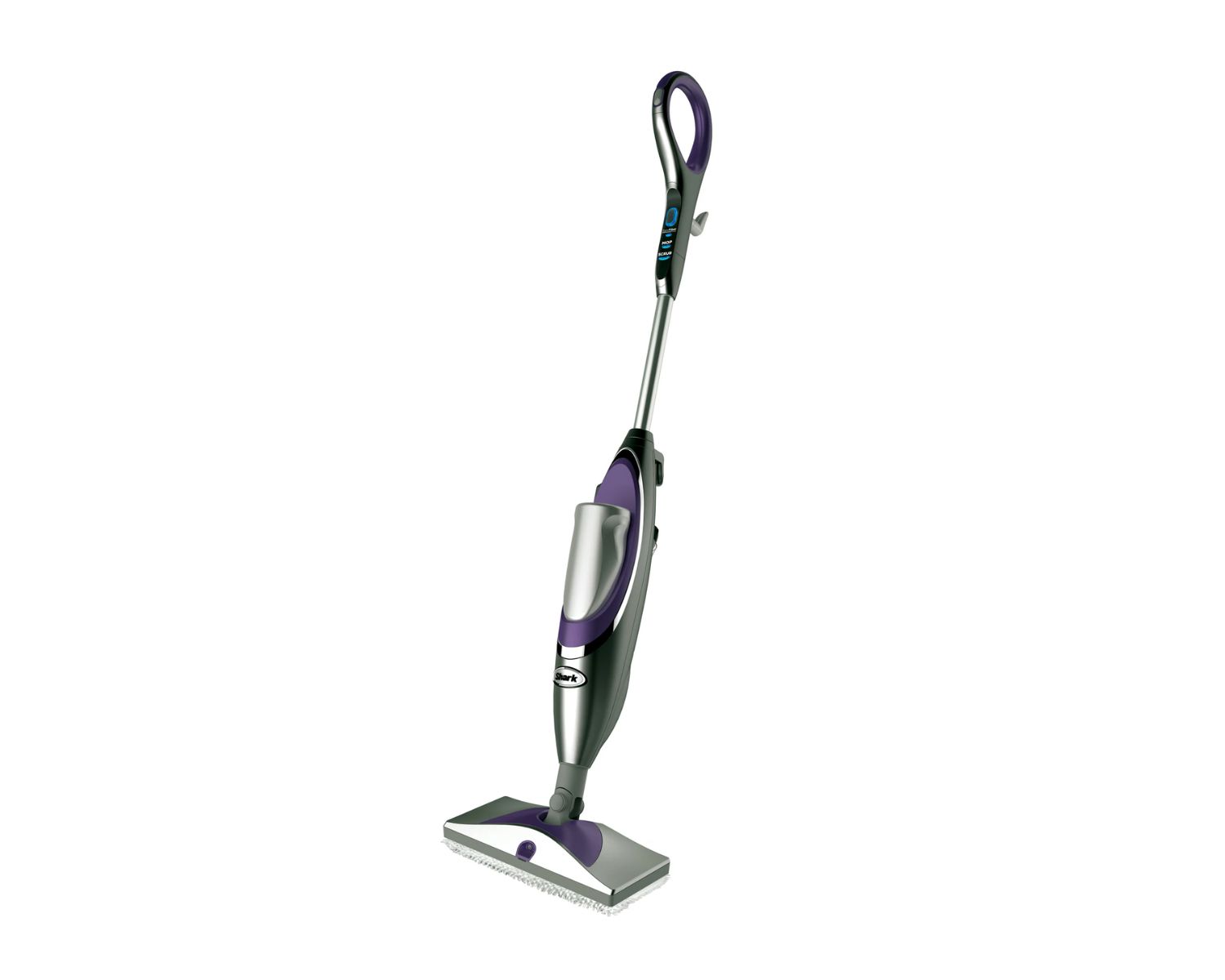
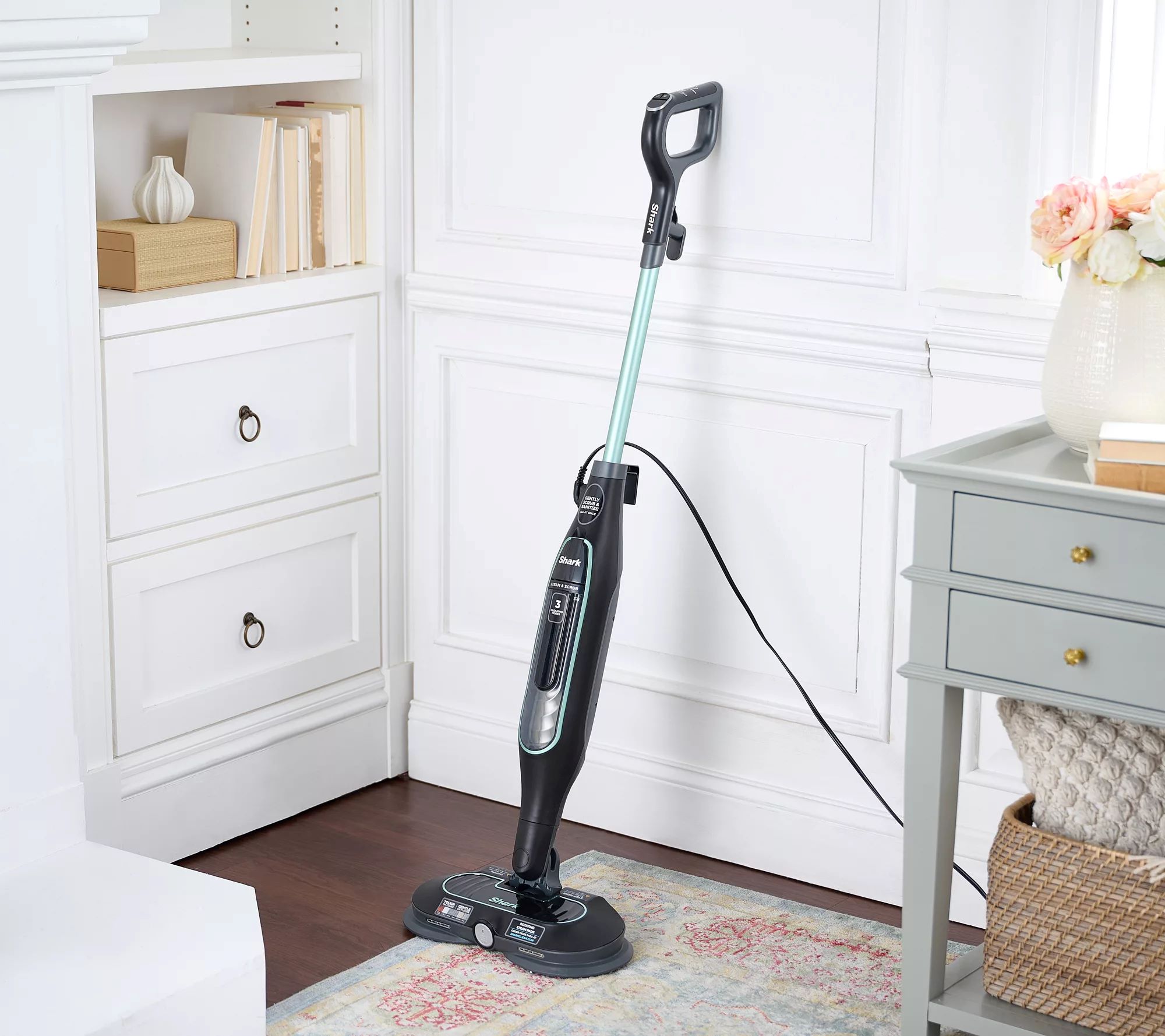
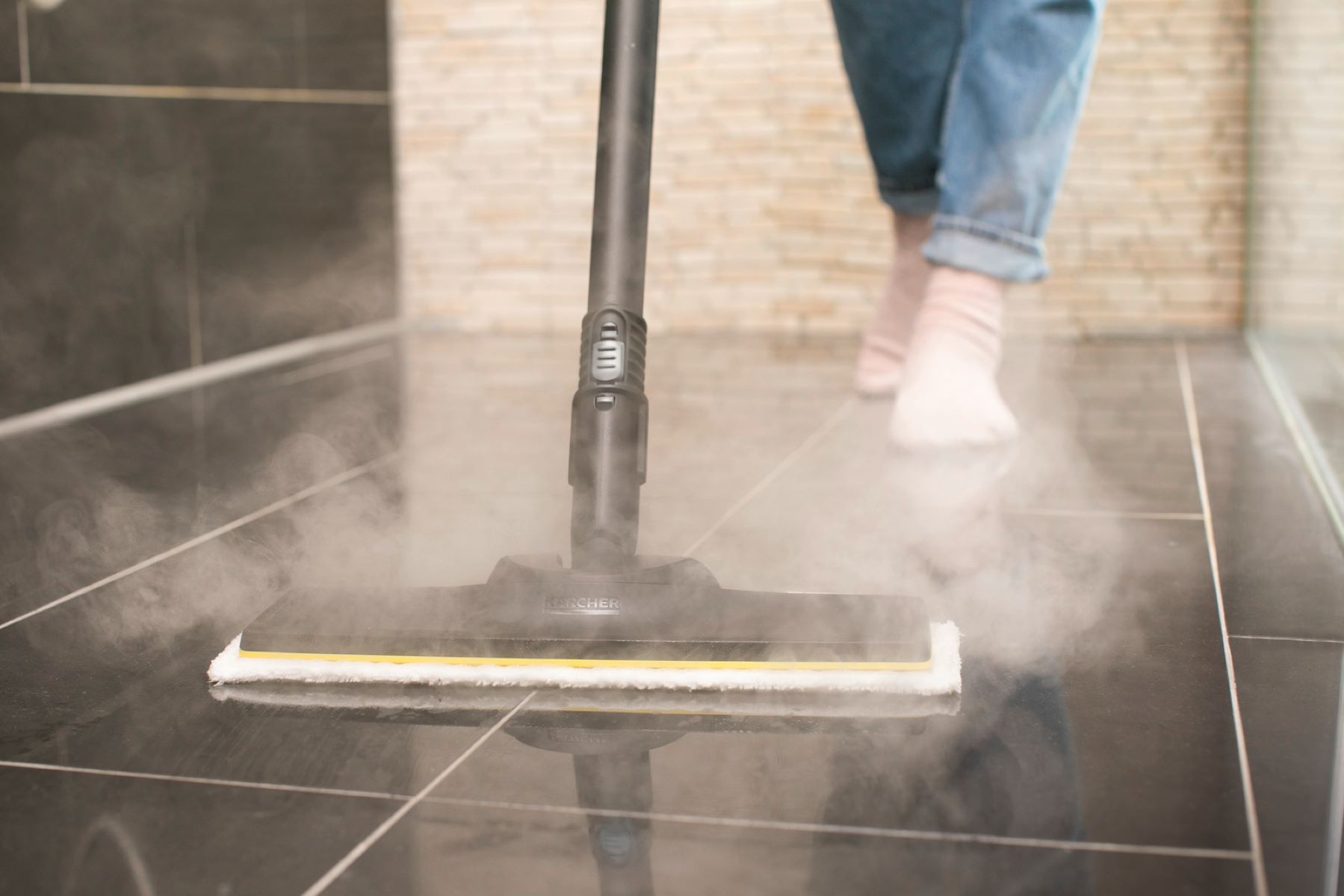
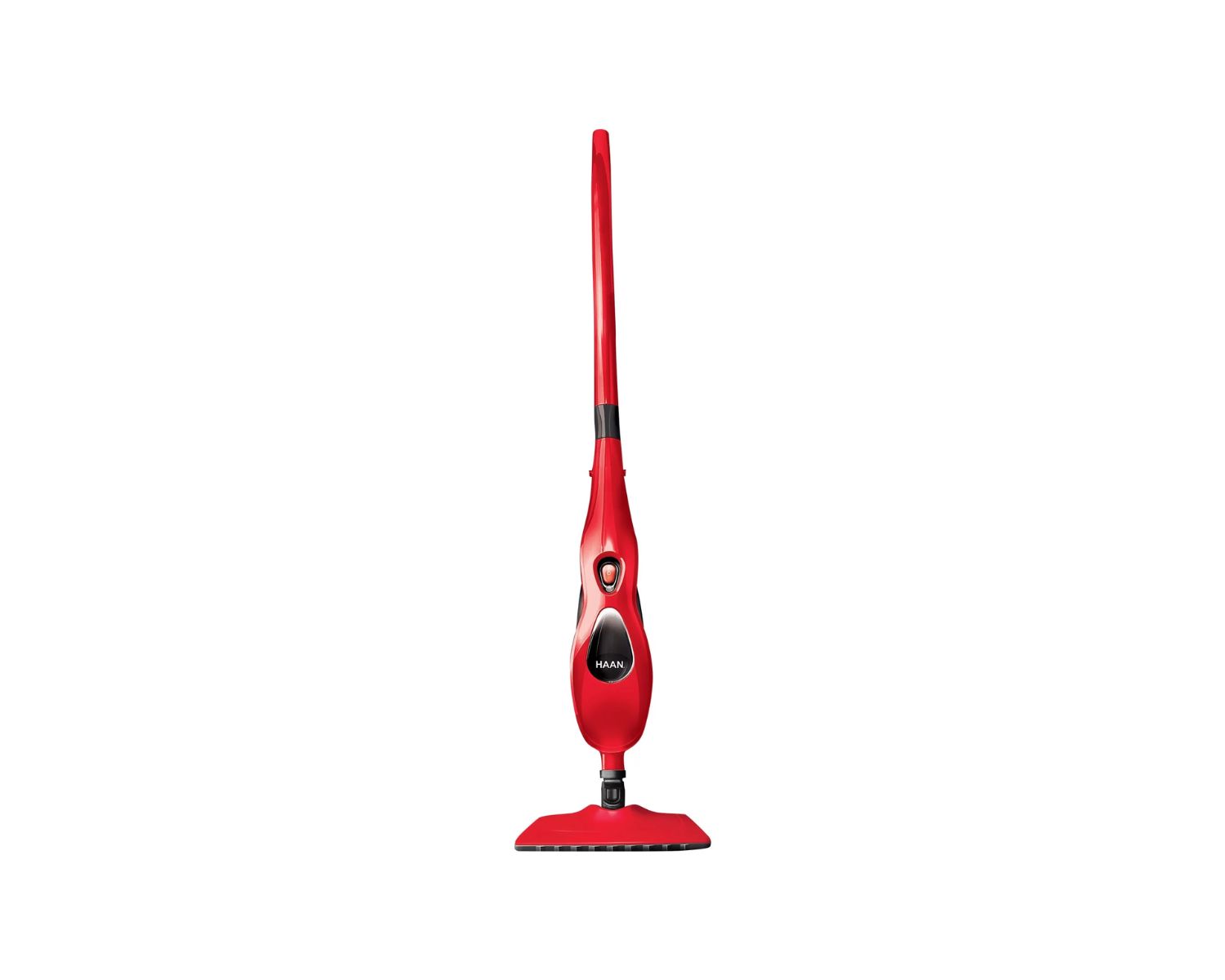
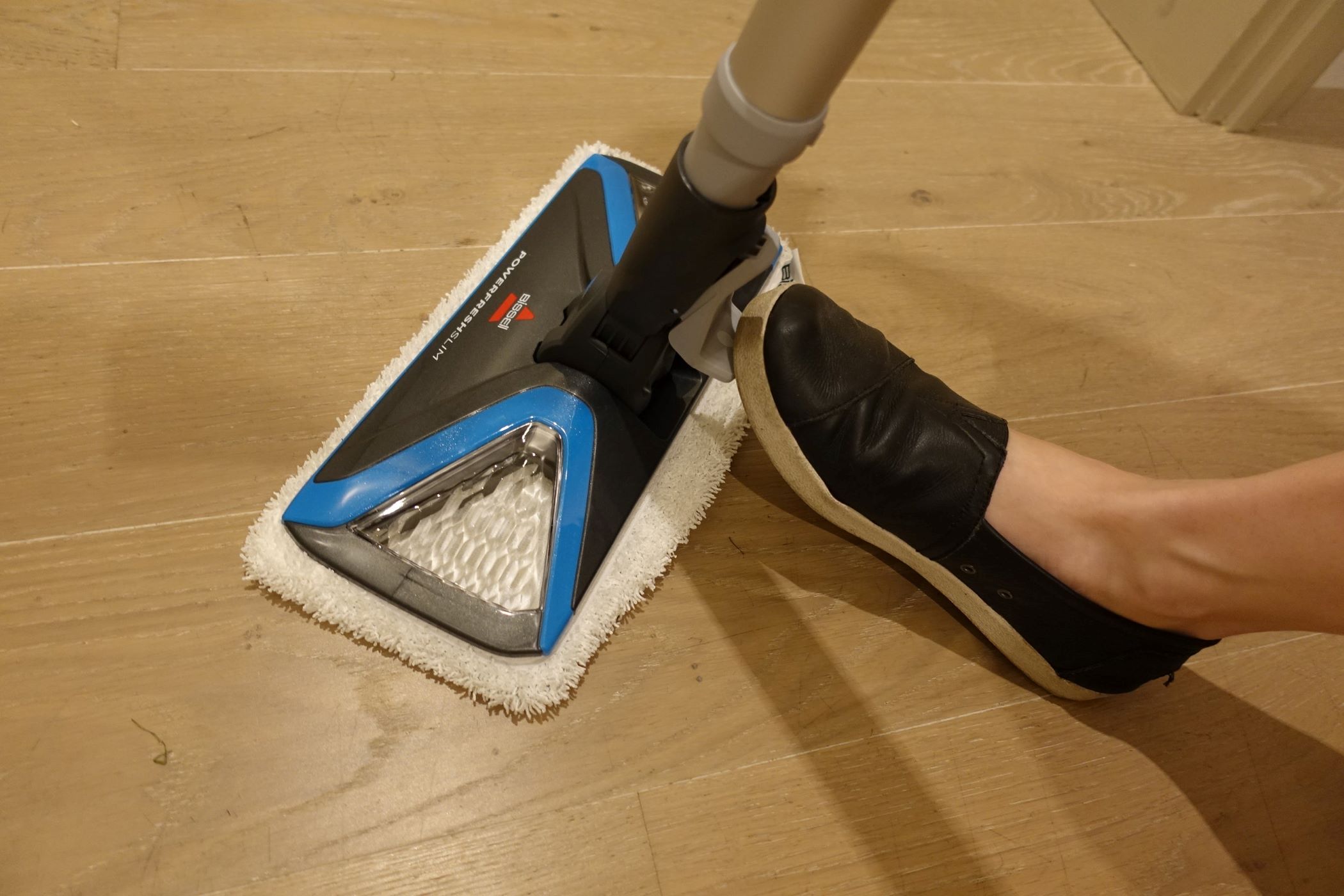
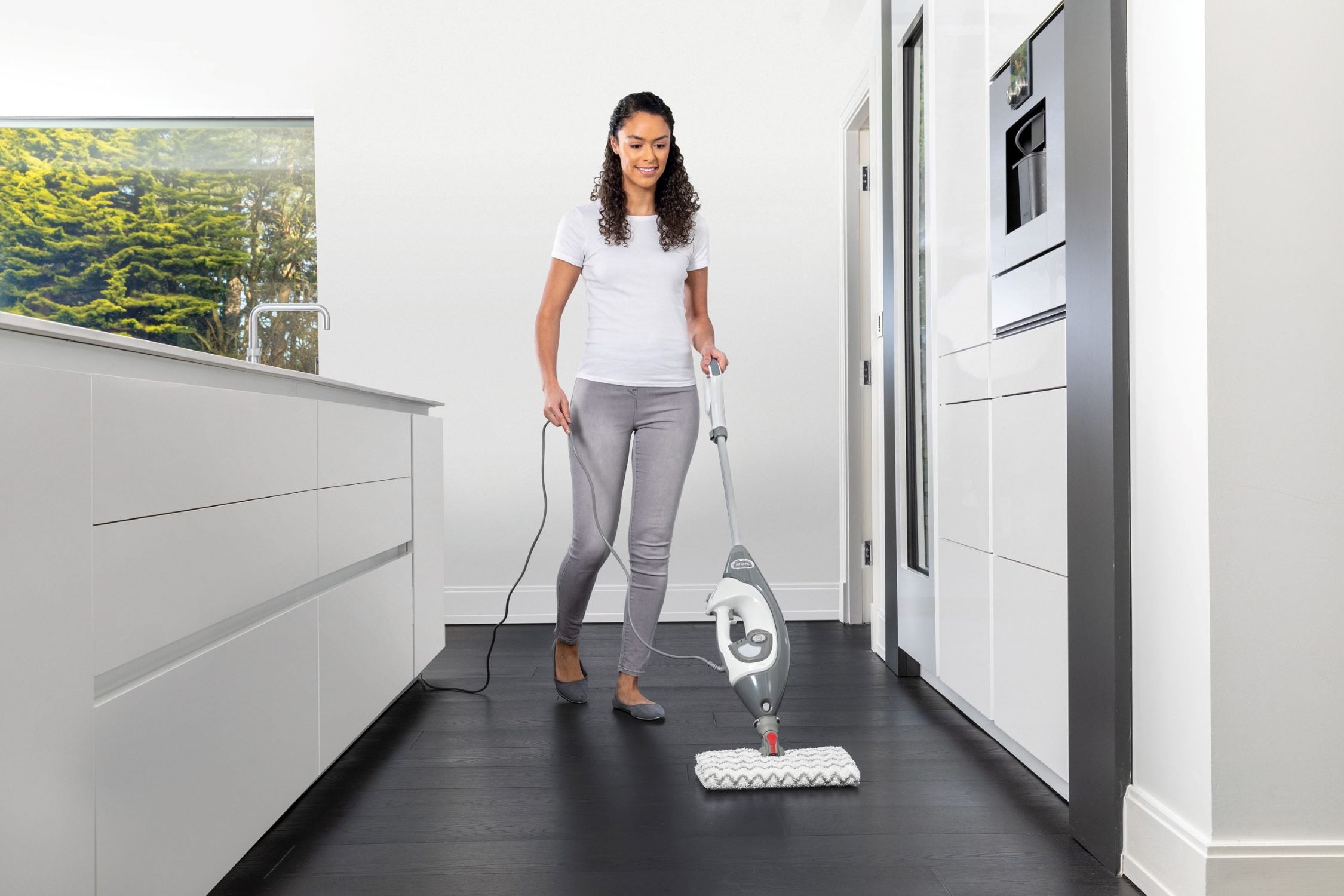
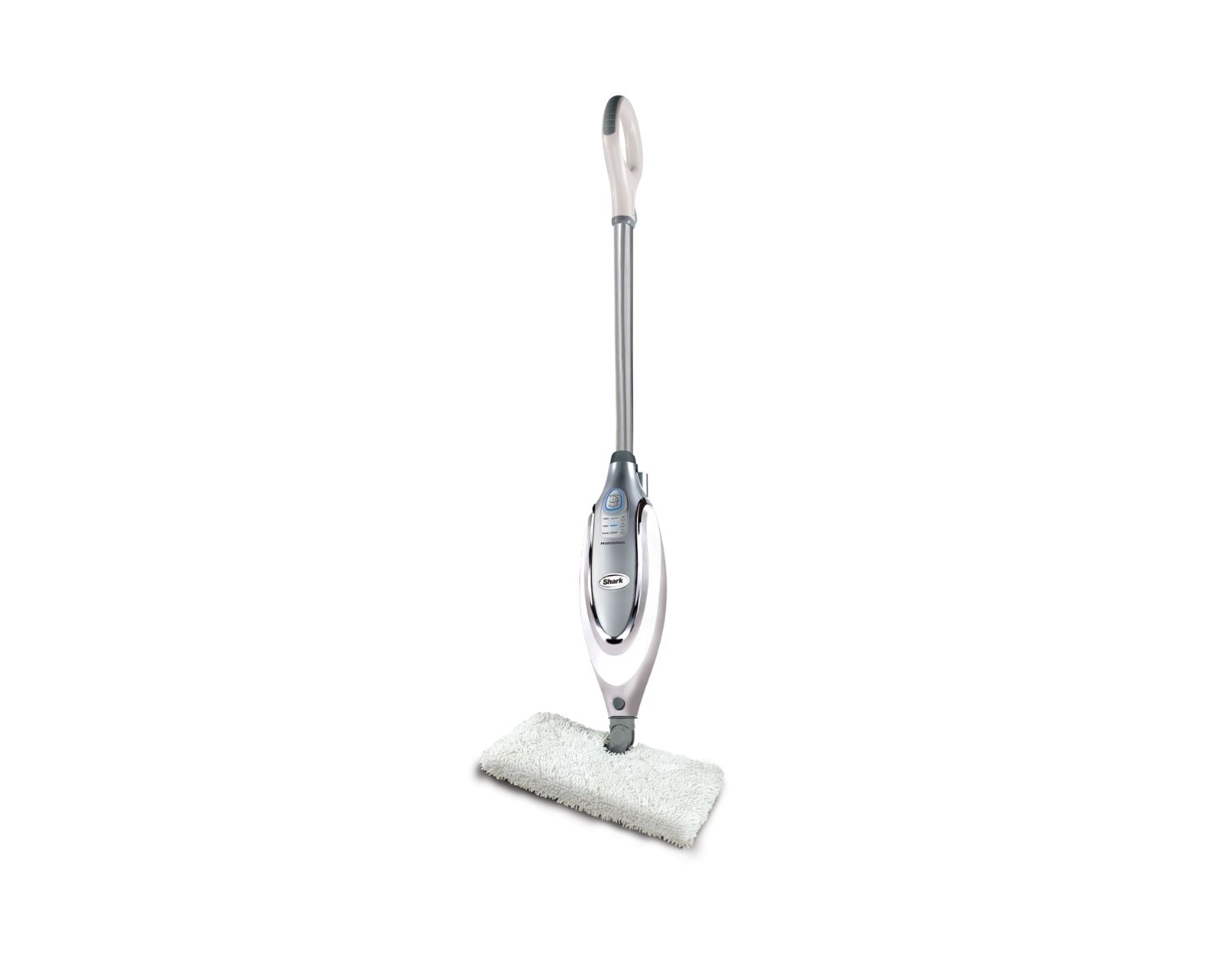
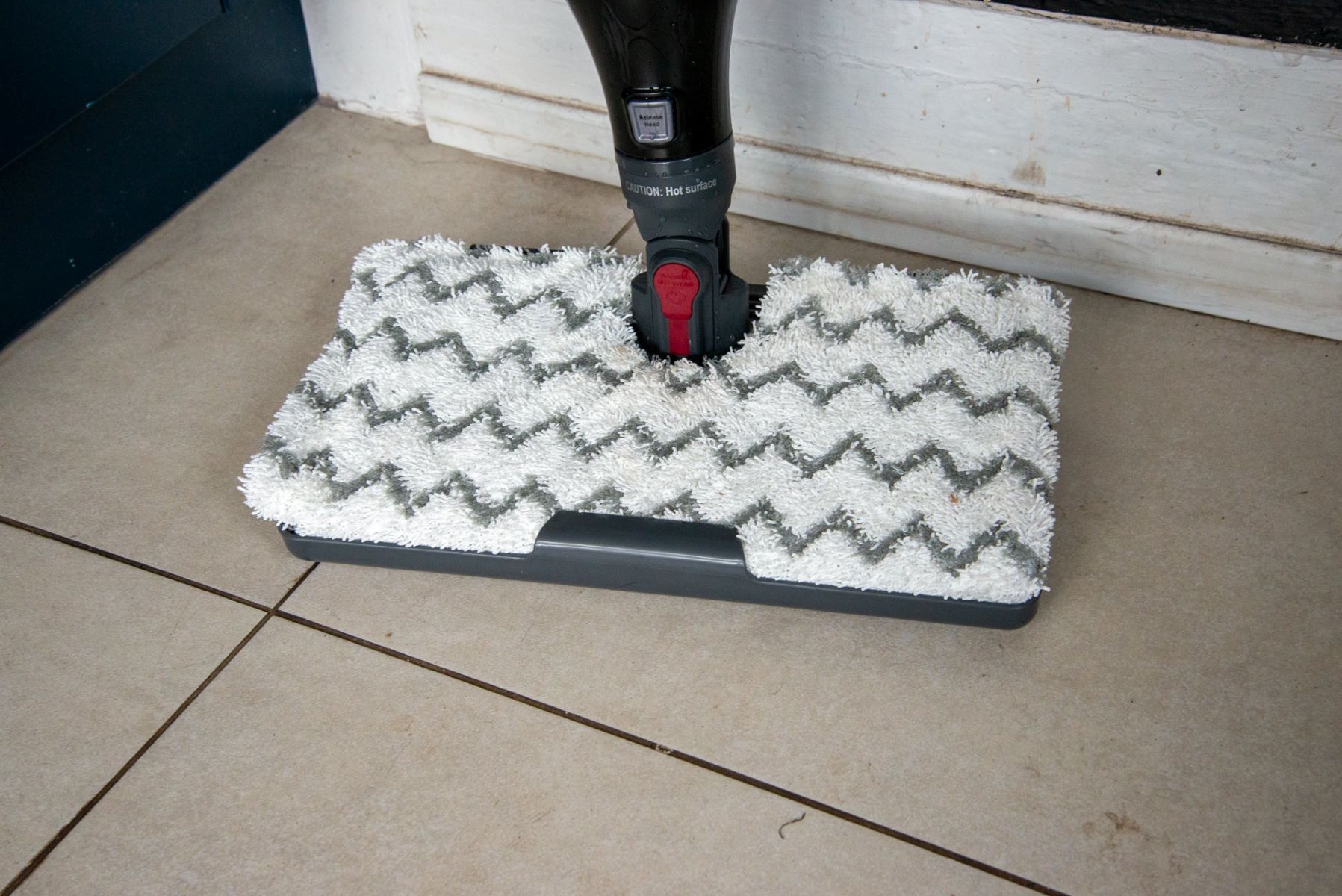
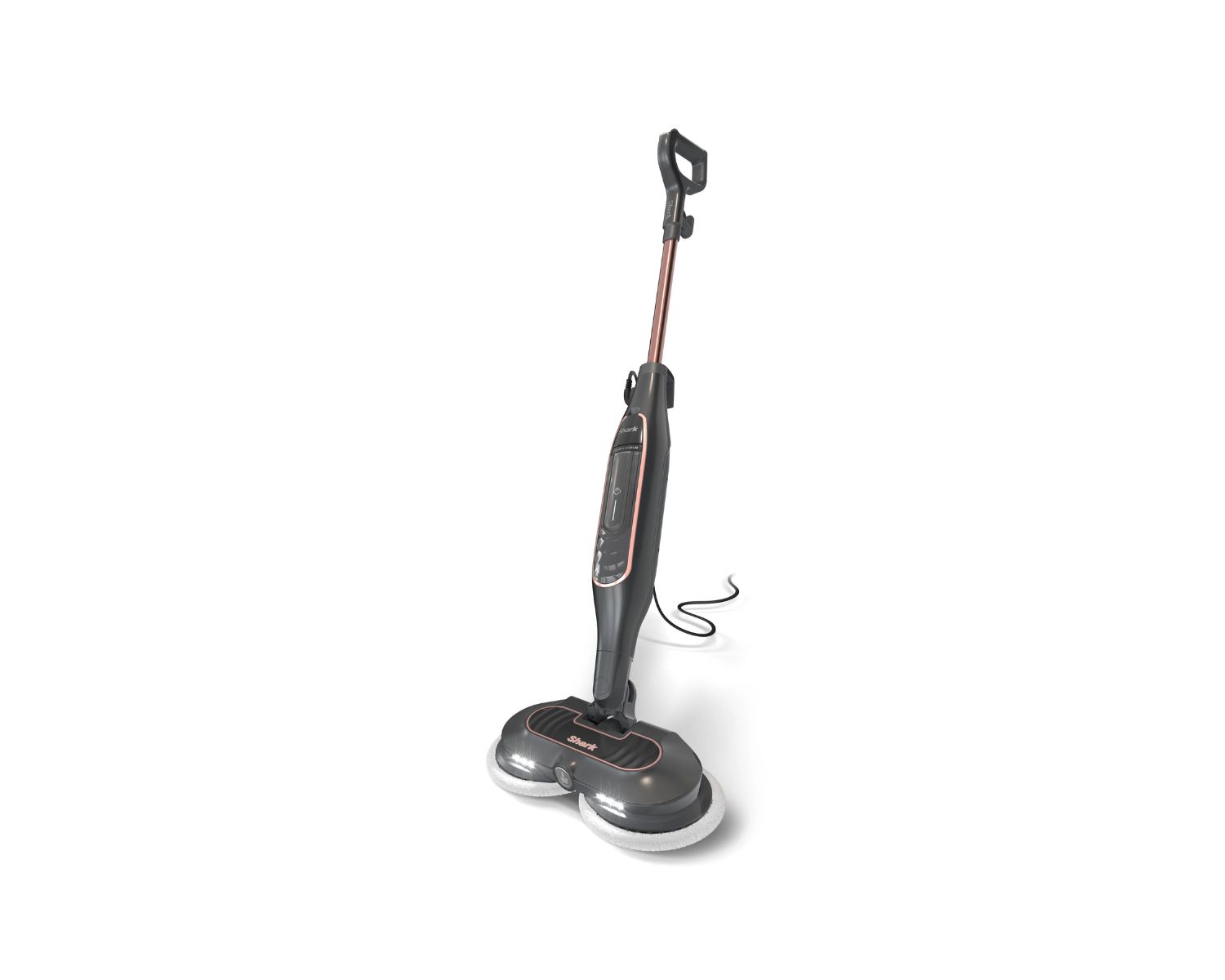
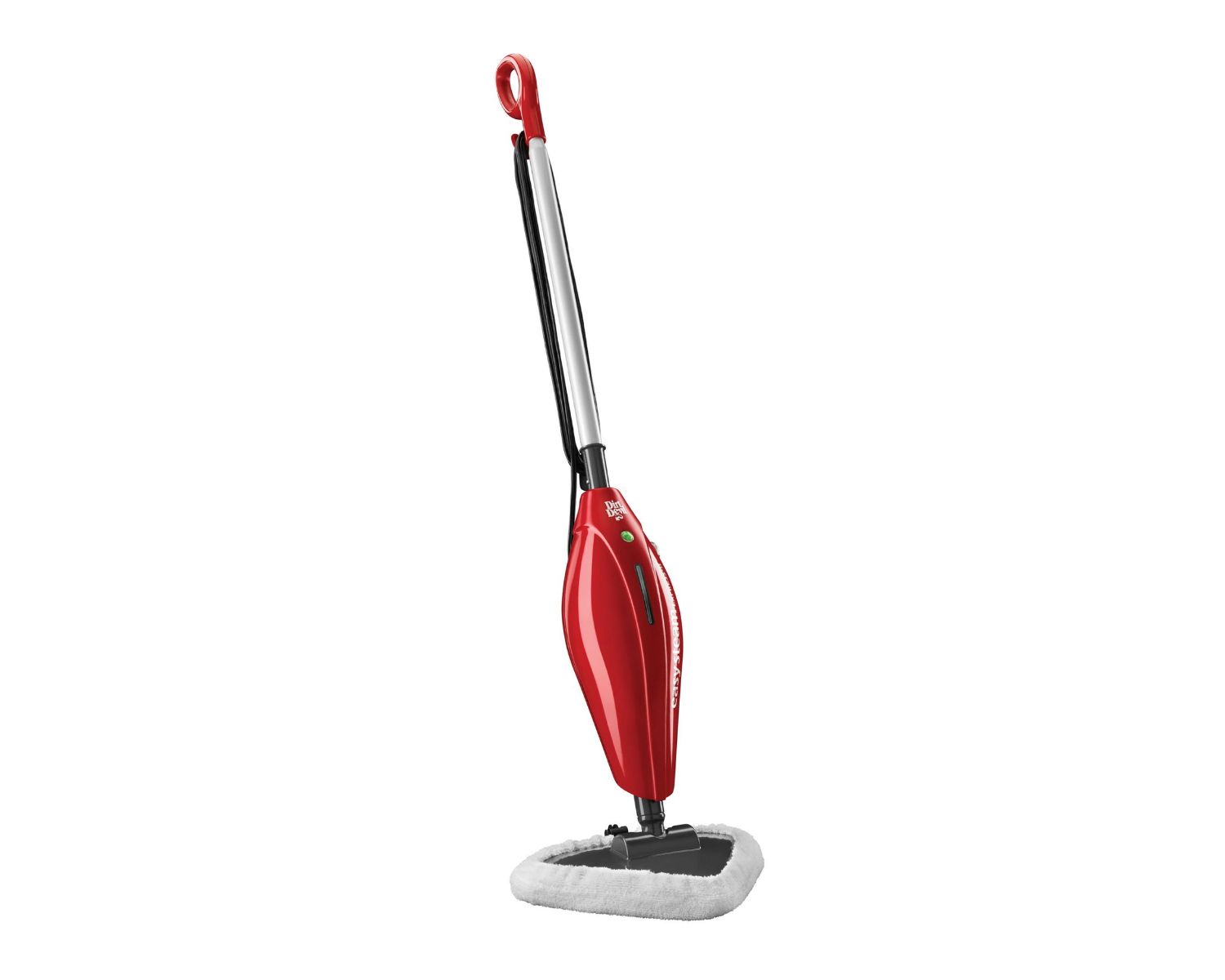
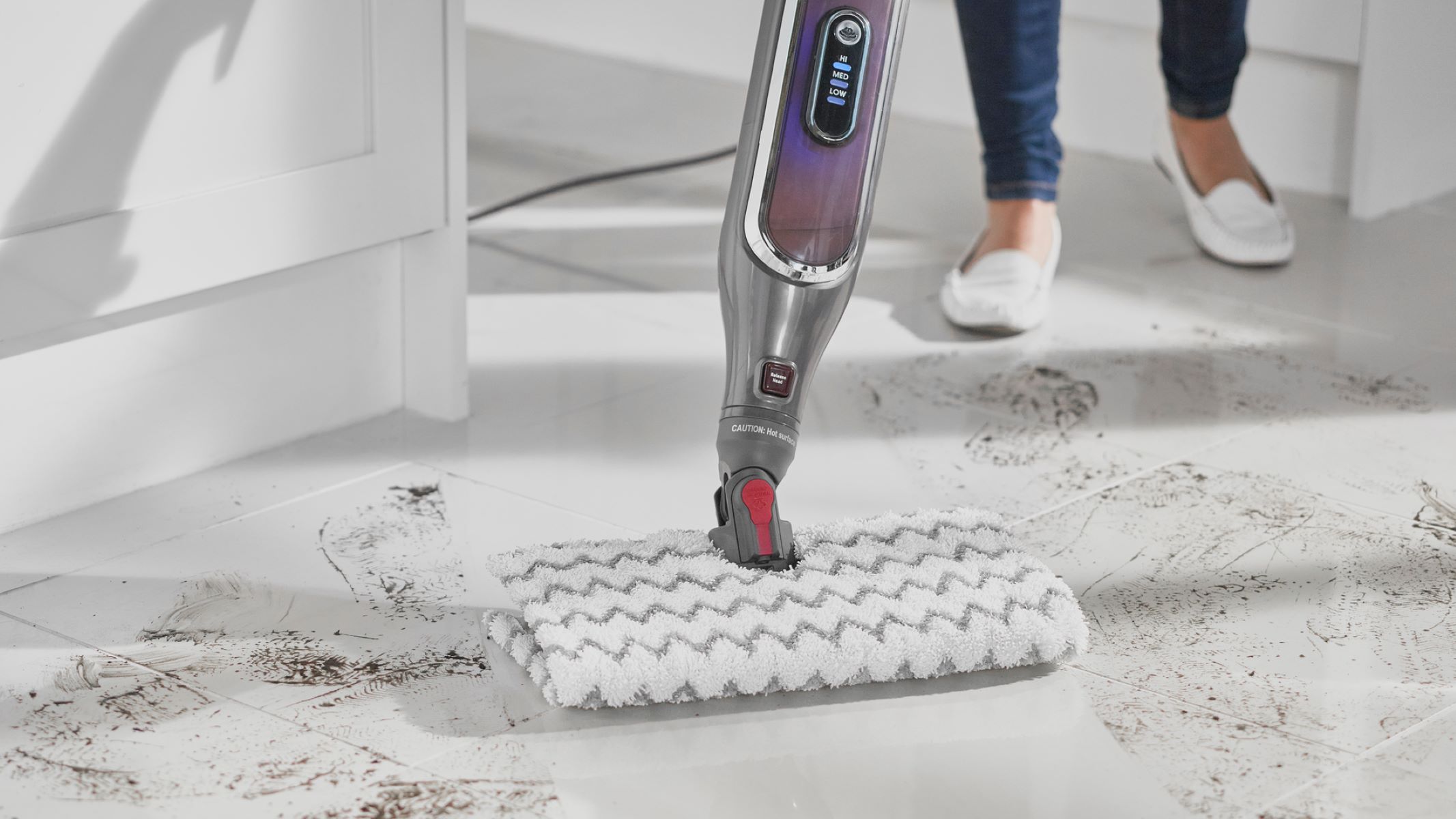

0 thoughts on “How To Fix Steam Mop”